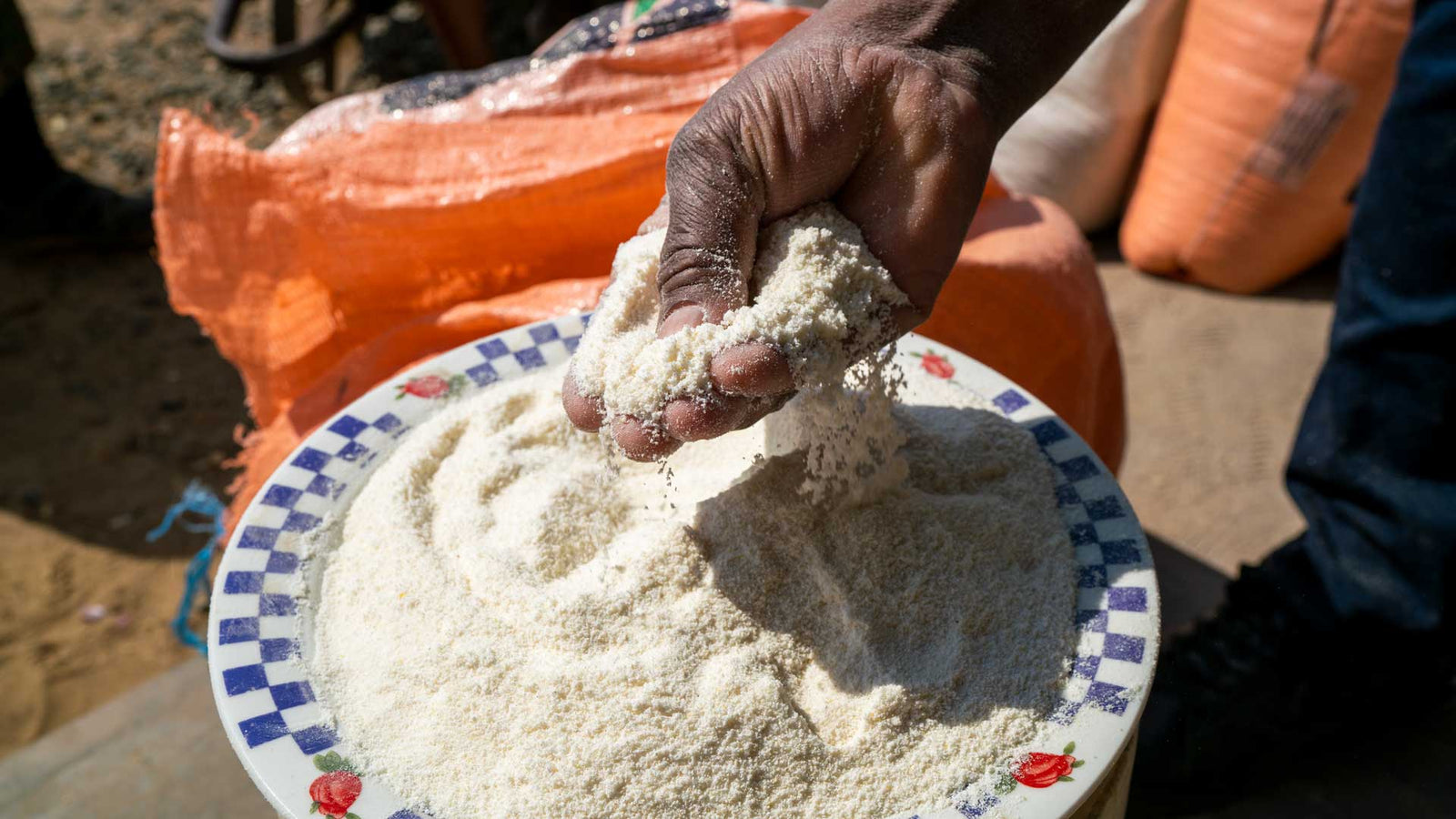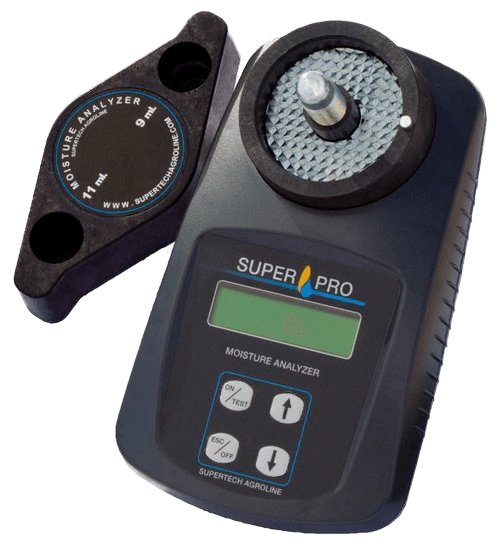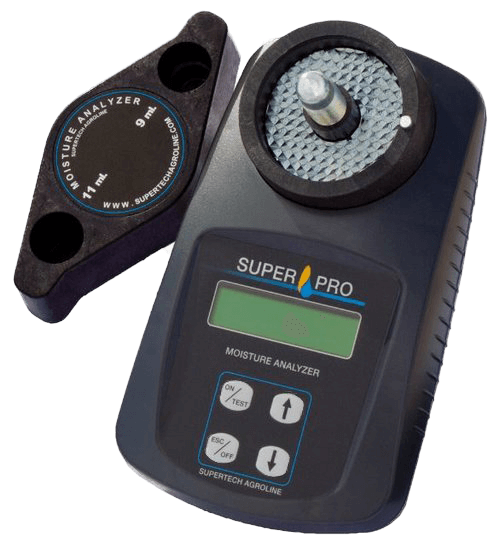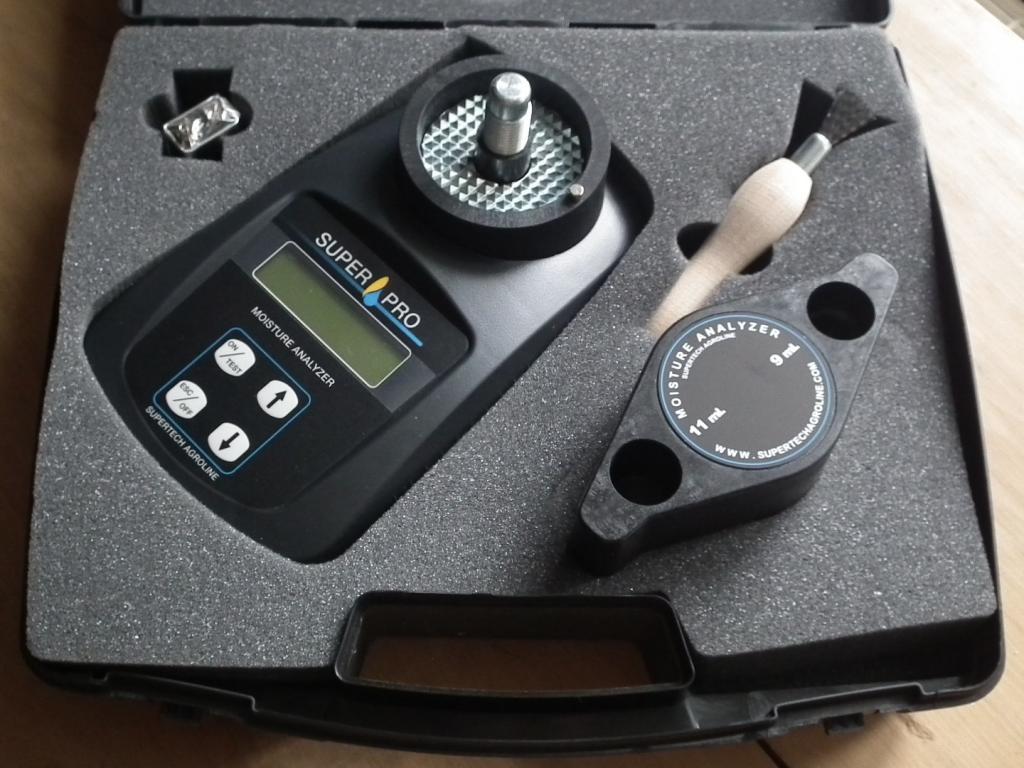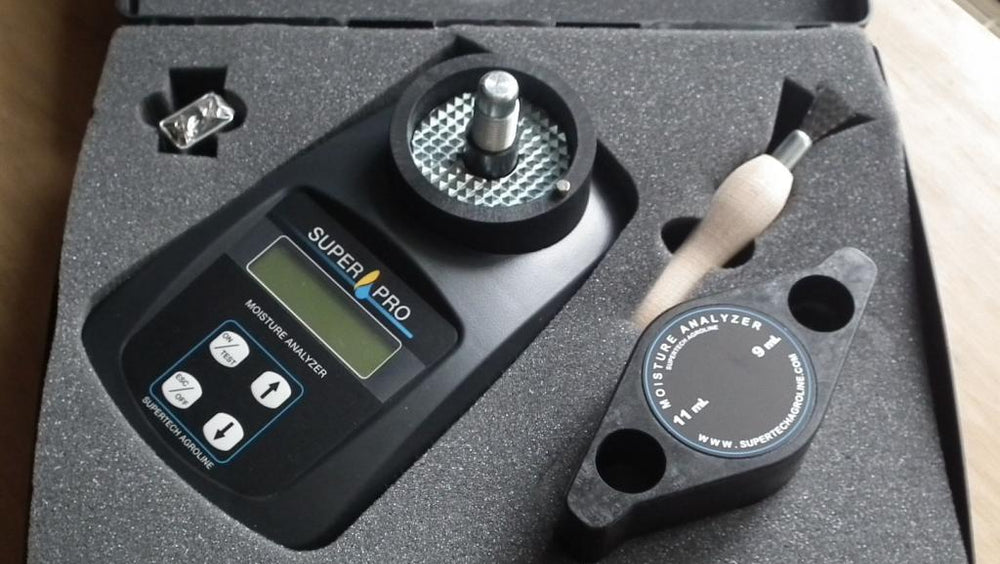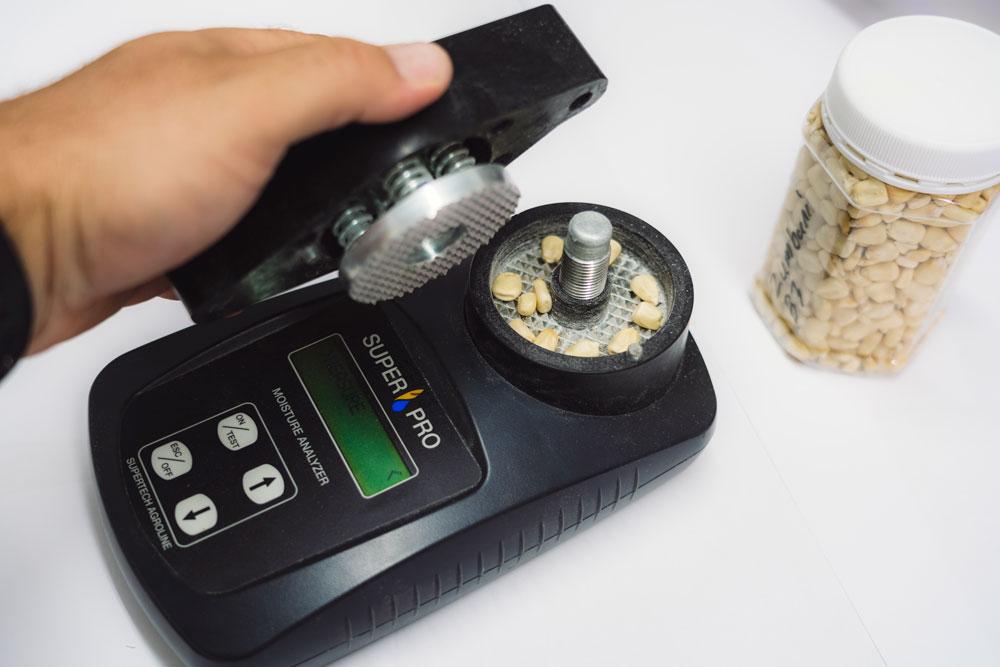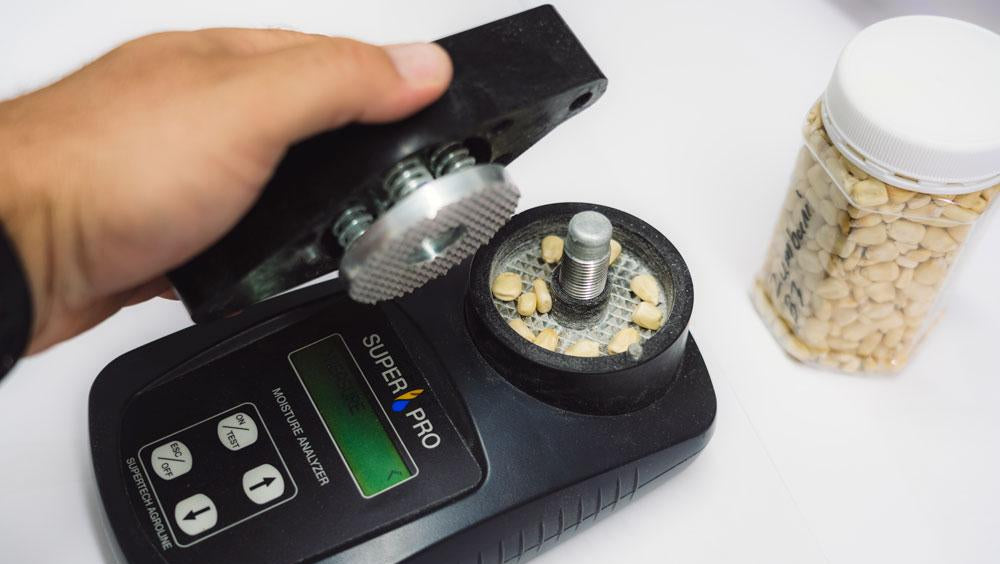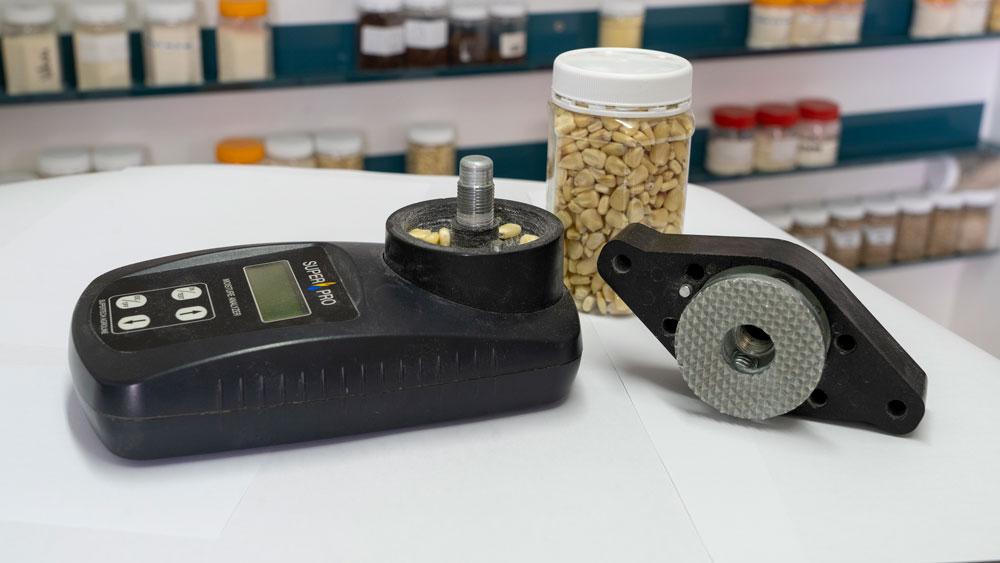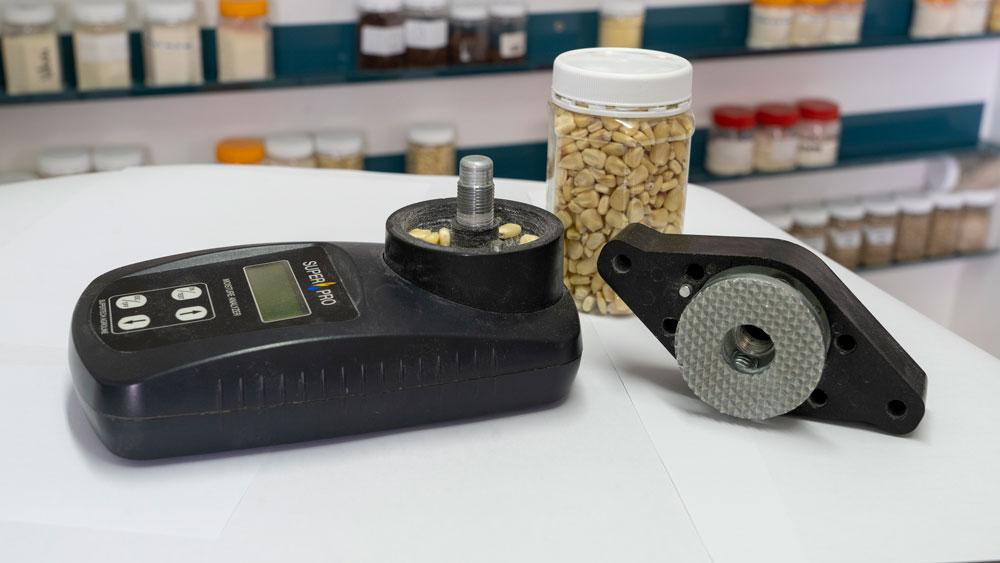Quality control plays an important role in every stage of the production of maize products, from intake to packing. This is also true for community millers, since their customers are often reliant on maize meal as their staple food.
Why is quality control important?
Keeping up consistent product quality is essential for customer satisfaction and of course, food safety. While large mills may have fully equipped laboratories where routine quality checks are carried out, community millers can’t afford such laboratories, so they need to find practical alternatives for these tests.
There are a few tests the community miller can do with relative ease using what they already have on hand. Let’s take a look at moisture testing:
Moisture testing
If the moisture content in maize meal is too high, it may go rancid or bitter, especially during Africa’s hot summer months and in areas of high humidity. Therefore the recommended moisture level of maize meal in South Africa and many other African countries may not be higher than 14%.
It can be challenging to do moisture testing on maize meal without or with limited access to electricity, but it can be done using alternative methods. One such a method that is commonly used in rural areas is the oven-drying method.
The miller will need:
- Maize meal sample
- Oven or a reliable heat source
- A scale
- A clean, dry container
- Timer or watch
Steps to follow
01. Sample collection
Begin by collecting a sample of the maize meal you want to test. Take a small, but sufficient quantity that will fit into the container. Make sure the sample is well mixed to ensure accuracy.
02. Container preparation
Weigh the clean, dry container and record its weight. This weight will be used later to determine the moisture content of the sample.

03. Sample weighing
Weigh the maize meal sample and record its weight. Ensure that you accurately record the weight in grams.
04. Oven-drying
Preheat the oven, if available, or use a reliable heat source like a gas stove or open fire. The ideal temperature for drying maize meal is around 100°C (212°F).
05. Drying process
Place the maize meal sample in the container and put the container into the oven or over the heat source. Let it dry for several hours. The exact drying time will depend on the moisture content and quantity of the sample, as well as the heat source used. It may take several hours to reach a stable weight.
06. Weighing after drying
Periodically remove the container from the oven and weigh it. Continue to do this until the weight remains constant over successive measurements. This shows that the sample has reached a stable, dry weight.

07. Calculating moisture content
Calculate the moisture content using the following formula:
Moisture Content (%) = [(Initial Weight - Dry Weight) / Initial Weight] x 100
- Initial Weight is the weight of the sample before drying.
- Dry Weight is the weight of the sample after it reaches a stable weight.
 08. Recording and interpretation
08. Recording and interpretation
Record the moisture content as a percentage. This value represents the moisture content of the maize meal.
This method provides an approximate moisture content and may not be as precise as using specialised moisture testing equipment with electricity.
But it is a practical solution for rural or community millers in areas without electricity to get a rough estimate of the moisture content in maize meal, which is important for quality control and food safety.
Ready to upgrade to commercial milling?
Read the blog and take the next step in your milling business journey.

